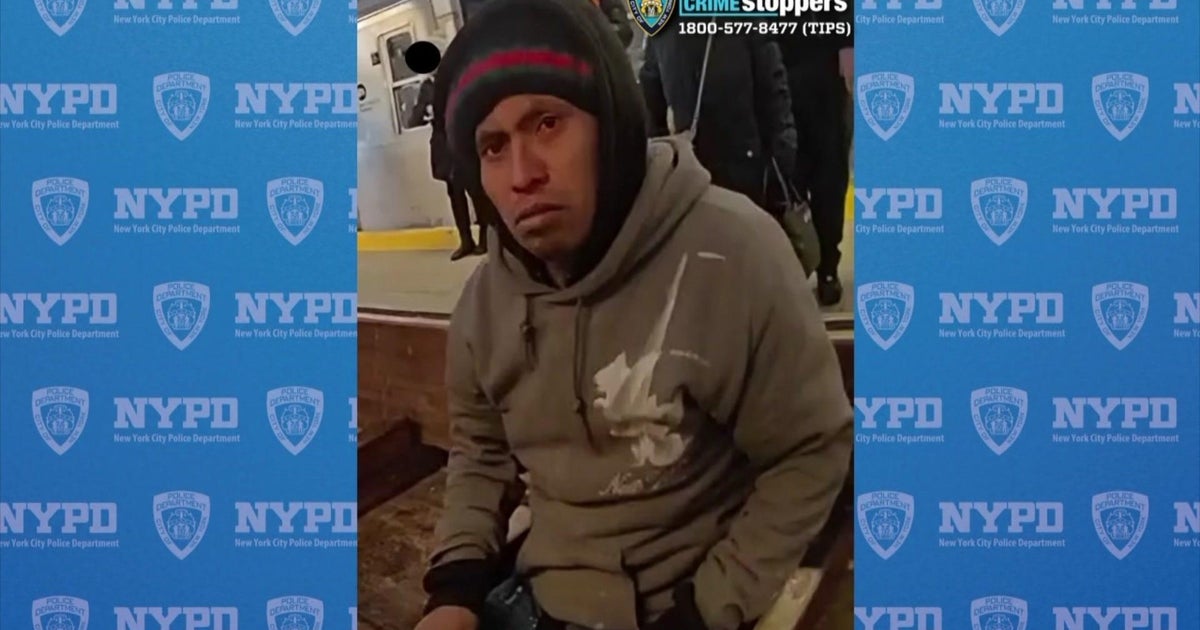6 Places To Find The Revolutionary War In NYC
History buffs, listen up. We know Philadelphia and Boston often hog the historical spotlight when it comes to the Revolutionary War, but New York City has its share of significant sites. Honor the fallen and contemplate democracy by paying a visit to one of them. By Jessica Allen.
More: NYC's 5 Best Historic Restaurants
The little document that started it all. For preservation reasons, the New York Public Library doesn't often display its copy of the Declaration of Independence, handwritten by Thomas Jefferson in iron gall ink. After the Declaration was ratified on July 4, Jefferson wrote out several copies of his original text, which included a long screed against slavery that was removed from the final version to please southern colonies, and sent them to friends and mentors. This version is one of only two to survive intact.
More: The New Yorker's Getaway Guide To Rhode Island
In 1776, what we now know as "brownstone Brooklyn" was the scene of the longest, fiercest, and first major battle of the American Revolution. The British eventually won, forcing the Continental Army led by General George Washington to retreat through Manhattan, then into New Jersey and Pennsylvania. Erected by Robert Moses to commemorate the Battle of Brooklyn, the Old Stone House is a replica of an original farmhouse built in 1699. Surrounded by playing fields full of kids, the house has a teensy-tiny museum devoted to the colonial era.
Twenty-one-year-old Nathan Hale uttered one of the most famous lines to come out of the Revolutionary War. Captured by the British as a spy, the soldier in the Continental Army allegedly exclaimed, "I only regret that I have but one life to give for my country" before being hanged. A plaque on a Duane Reade on 51st and First claims Hale was hung in an orchard nearby. There's another plaque at 66th and Third, and another near Grand Central. What matters isn't the exact location so much as the bewildering notion that midtown Manhattan was once covered in trees.
The Bronx witnessed many skirmishes and conflicts during the Revolutionary War. In the northeast area of Van Cortlandt Park, "Indian Field" memorializes one of them as the burial site of a group of Stockbridge Indians who were killed by British soldiers in a 1778 ambush. As he retreated after the Battle of Brooklyn, Washington stopped at Van Cortlandt Mansion (pictured). He returned to this base of operations a few more times, including for a triumphant stay in 1783 before leading his victorious troops on a march into Manhattan.
During the war, the British kept prisoners on ships in the New York Harbor. Nasty, brutal conditions killed more people than the war's battles. The remains of at least 11,500 (some estimate as many as 18,000) prisoners of war are buried in a crypt in Fort Greene Park. Atop a hill sits a Stanford White-designed monument, dedicated to fallen patriots by president-elect William Taft in 1908. During the Revolutionary War this area served as Fort Putnam, and was renamed during the War of 1812. In 1847, it was designated Brooklyn's first park.
You can have a beer and a cheeseburger in a tavern where George Washington once hung out. In late 1783, having successfully severed the colonies from Great Britain, Washington bid adieu to his troops here, before attempting to retire from public life. For a while after the war, the building served as the offices for the Departments of Foreign Affairs, War and Treasury. Today you can eat downstairs, then wander around the surprisingly big museum, which re-creates rooms and holds such artifacts as paintings, newspapers, flags, and a lock of Washington's hair.



